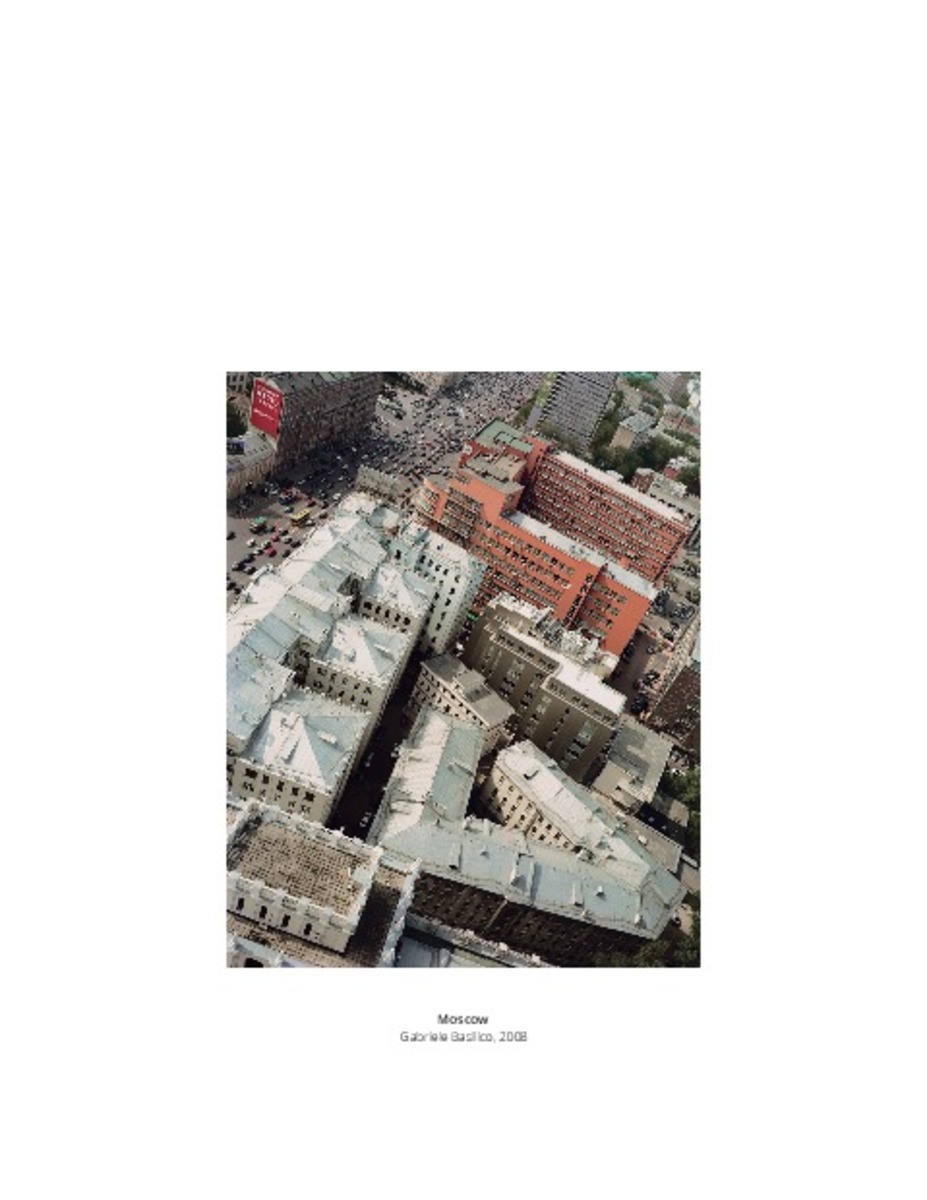Registro completo de metadatos
| Campo DC | Valor | Lengua/Idioma |
|---|---|---|
| dc.creator | Deriu, D. (Davide) | - |
| dc.date.accessioned | 2016-12-12T09:27:13Z | - |
| dc.date.available | 2016-12-12T09:27:13Z | - |
| dc.date.issued | 2016 | - |
| dc.identifier.citation | Derui, D.,(2016) ""Moscow vertigo"" En: Alcolea, R.A, Tárrago-Mingo, J., (eds.), en Congreso internacional: Inter photo arch ""Intersecciones"", celebrado en Pamplona, los días 2 al 4 de Noviembre de 2016, (pp.102-109) | es_ES |
| dc.identifier.isbn | 978-848081-521-5 | - |
| dc.identifier.uri | https://hdl.handle.net/10171/42487 | - |
| dc.description.abstract | The paper explores the relationship between photography and architecture as a mutually constitutive one. Besides standing as subjects for the camera, buildings can also extend the photographer’s capability to depict the surrounding landscape. In the interwar period, this interplay was exploited by avant-garde photographers associated with the “New Vision” who used architecture as a viewing platform. Among them was Aleksander Rodchenko, whose experiments with high-angle shots were part of the wider project to construct a revolutionary visual language for Soviet art. Moscow was the theatre of this visual revolution. Eight decades later, Italian photographer Gabriele Basilico visited the Russian capital and produced a photo-book, Mosca Verticale, that references Rodchenko’s work in more than one way. Atypically, Basilico elevated the vue en plongée to his main framing device as he set out to depict the sprawling city from the Seven Sisters –the monumental high-rise towers built under Stalin between the late 1940s and the mid 1950s. Through considering Basilico’s words as well as his pictures, the essay unpacks the multiple layers that constitute Mosca Verticale. It draws connections not only with the work of Rodchenko but also with that of Russian “rooftoppers” who, in recent years, have raised the vertiginous representation of the city to new heights. As a cluster of “supertall” buildings redesigns its skyline, Moscow is once again the European epicentre of a particular type of interaction between photography and architecture, whereby the latter serves as a platform to visualise the dizzying spaces of the metropolis. | es_ES |
| dc.language.iso | eng | es_ES |
| dc.publisher | Servicio de Publicaciones Universidad de Navarra | es_ES |
| dc.rights | info:eu-repo/semantics/openAccess | es_ES |
| dc.subject | Vue en plongée | es_ES |
| dc.subject | Vertigo | es_ES |
| dc.subject | Vertical | es_ES |
| dc.subject | Moscow | es_ES |
| dc.subject | Gabriele Basilio | es_ES |
| dc.subject | Alexander Rodchenko | es_ES |
| dc.subject | Materias Investigacion::Arquitectura | es_ES |
| dc.title | Moscow vertigo | es_ES |
| dc.type | info:eu-repo/semantics/article | es_ES |
Ficheros en este ítem:
Estadísticas e impacto
Los ítems de Dadun están protegidos por copyright, con todos los derechos reservados, a menos que se indique lo contrario.






